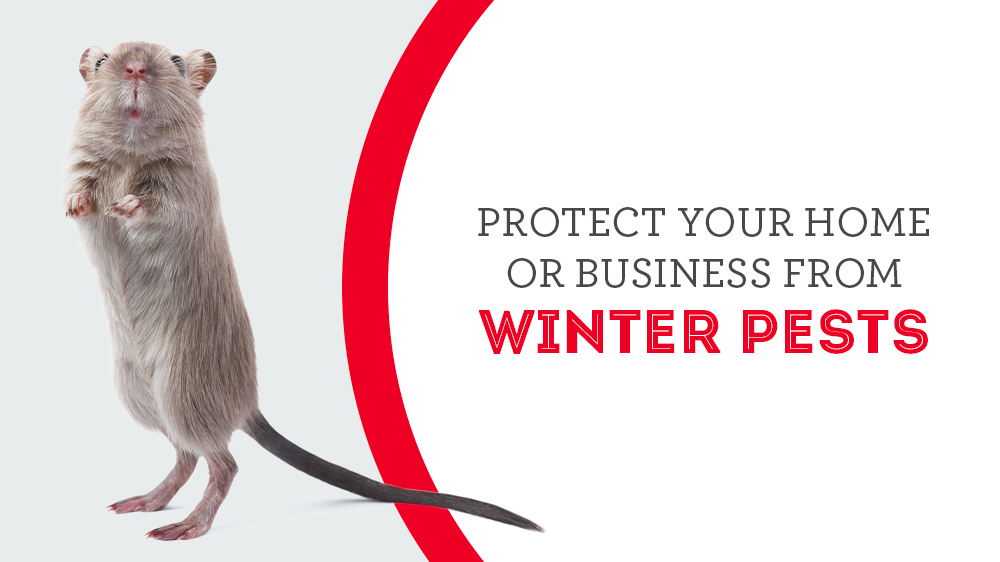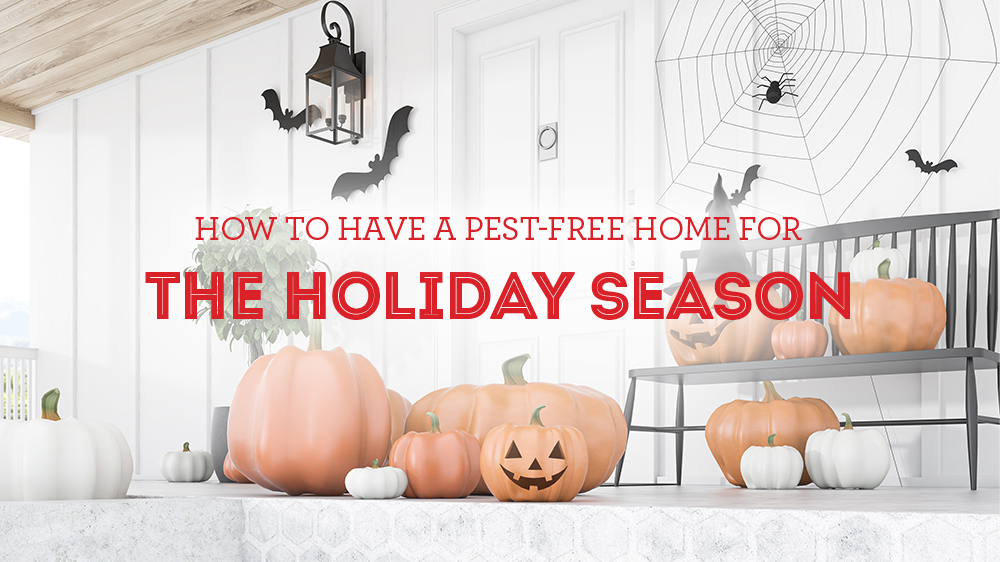
Ah, the holidays. A time for friends and family to gather. A time for loved ones to relish in each other’s company and reflect on the year. However, one or two unwanted guests usually want to make an appearance and ruin the most wonderful time of the year. Yep, you guessed it – Mice and other rodents. If you’re wondering how to go about getting rid of mice in your house, don’t worry. There are several effective ways to handle these tiny pests during the holiday season.
These unwanted guests want in from the cold and want to partake in your holiday feast. Unfortunately, they carry nearly a dozen diseases. But don’t panic if they show up and scurry around. There are multiple ways to manage these tiny disease carriers and prevent them from further contaminating your home.
Read on for our 5 tips for getting rid of mice in your house.
- Block all openings
Mice are sneaky as they come. They’ll find any way into your home. Walk around the exterior of your home and look for any openings or gaps. Spend the most time inspecting windows and the foundation. Remember, they’re unwanted guests. They’ll make their way to your celebration if there is an improperly sealed drain pipe or sewer line.
If you can’t correctly seal those openings, the next best thing is to use steel wool. You simply stuff it tightly into the opening. It’s impossible to chew through and not as tasty as your meal.
- Don’t use mice poison—set traps.
You may think that the easiest way to rid yourself of these unwanted guests is poison, but it doesn’t always take care of the problem. Poison can take some time and doesn’t always kill all the mice. And guess what? The ones that survive will reproduce and start the cycle all over. The ones that take the poison can run off, eventually die, and leave a disgusting odor. Finally, and perhaps most important – poison isn’t good to have around for family and pets.
We recommend traps because they are the safest and most effective. There are several types of mouse traps to choose from. Spring-loaded is excellent for trapping mice in the house. For a more humane way to trap, try glued mouse traps which allow you to release them outside. Finally, there’s your good old-fashioned homemade mousetrap, which is a cage or cardboard box you lure in and prevent it from escaping. Much like the glued trap, you can release it outside.
- Mouse repellents are a good option
Mouse repellent isn’t going to take care of the mice in your home completely, but it will help with more getting in. Mice hate essential oils, such as peppermint and clove and are great when you find a point of entry around your house. All you need to do is soak a rag or cotton ball and leave it at the entry point. Note: Natural mice repellents are not nearly as effective at getting rid of mice infestations.
- Meow meow
It may seem a little cliche, but it’s true; cats are natural-born hunters and can help with rodent infestations. This is considering no one in your house is allergic. Many don’t know this, but there are plenty of farms that are using cats to help with the problem.
- Call The Bug Man
You may be able to manage the mouse problem in your home effectively, but your best bet is to work with a professional who has the experience and professionalism to help with your problem. The Bug Man is reliable and knowledgeable and can give you peace of mind this holiday season. Although the Bug Man may not be able to help you with a crazy sibling or relative, they can surely help out with the other unwanted guests.
From all of us at The Bug Man, we want to wish everyone a happy, healthy and pest-free holiday season.




